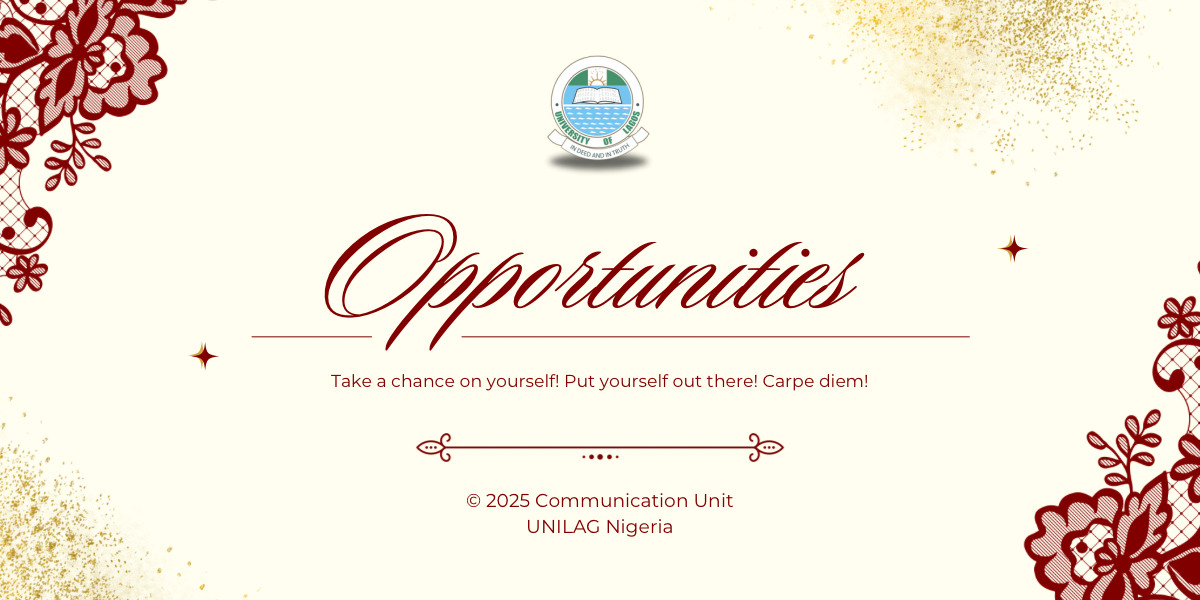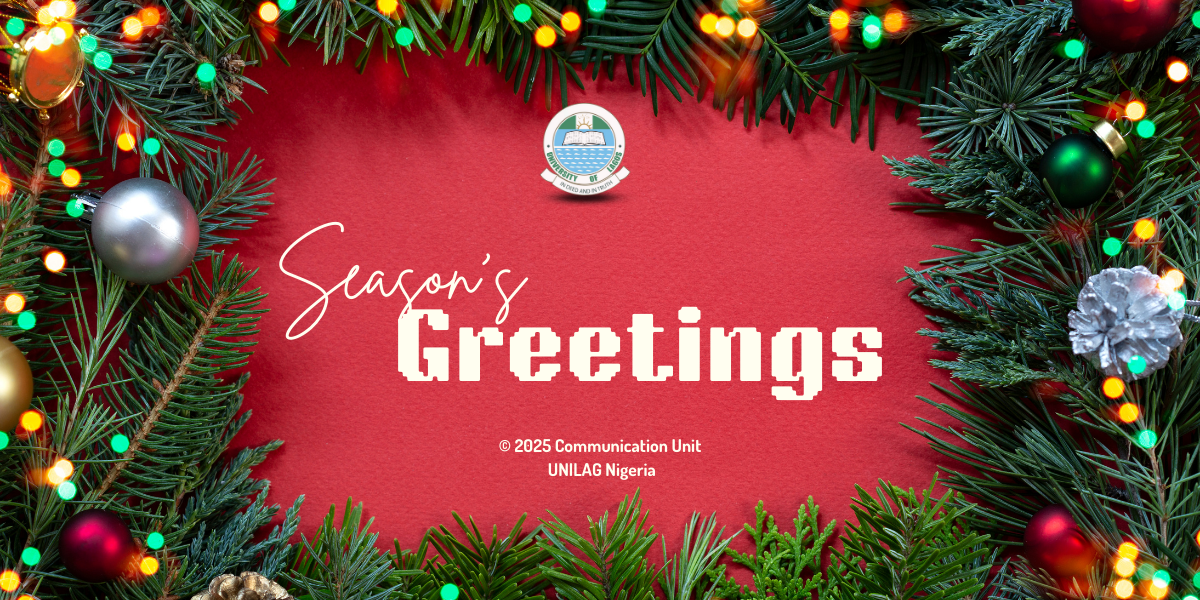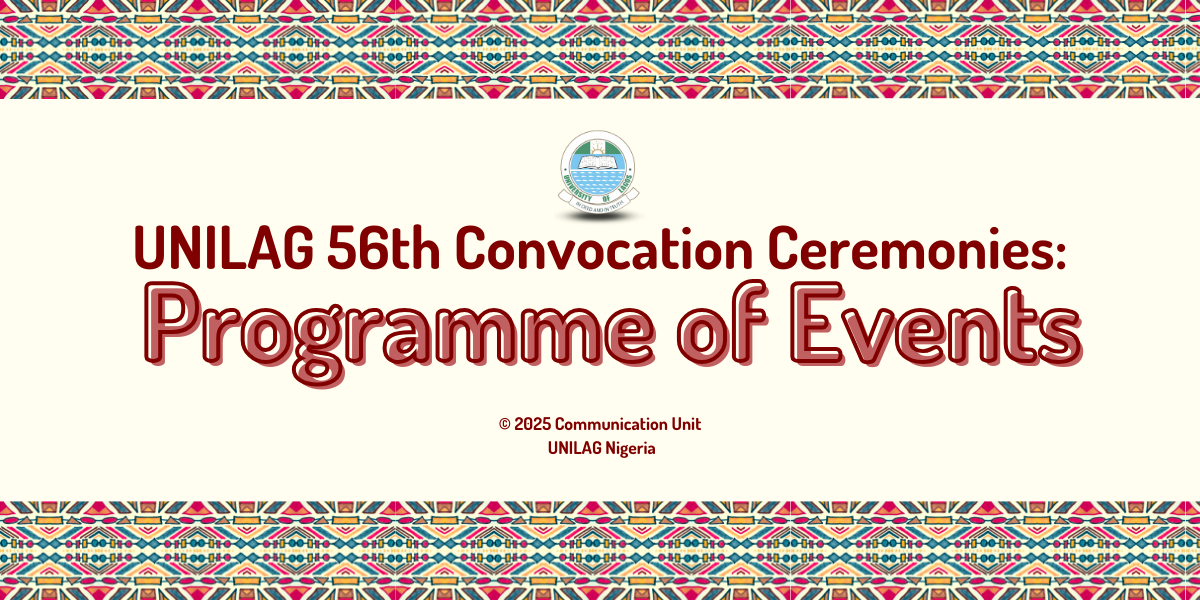A final year student of Mechanical Engineering, University of Lagos, Saheed Azeez has successfully built an interesting text-to-speech AI model, with a unique twist – it reads out text in clear Nigerian accents. Called YarnGPT, this model accommodates all the nuances and complexities of Nigerian languages.
In this interview, Saheed Azeez speaks about his innovation, and how he was able to juggle working on it and being a student.
We understand that you invented a text-to-speech model. Please tell us about that first.
Basically, I developed a text-to-speech model. While there are numerous text-to-speech models available, what sets this one apart is its foundation on Nigerian data, making it compatible with Nigerian accents and languages. Typical text-to-speech models generate speech with European or American accents. However, the uniqueness of this model lies in its ability to produce clear, Nigerian-accented English.

Tell us about yourself, your background, what inspired this whole creation.
I am a final-year student of Mechanical Engineering at the University of Lagos (UNILAG). Since my days in junior secondary school, I’ve always been interested in robotics and how things work. So when it was time for me to write JAMB and pick a course of study, I had the option of selecting from Mechanical, Computer, Electrical, or Systems Engineering, and because I didn’t have anybody around me who studied Mechanical Engineering, I decided to go with that. I was also interested in building robots. I had thought that Mechanical Engineering would teach me how to build robots someday.
So my journey into tech really started when I entered school as a Mechanical Engineering student. I carried out research on how to stand out in the field of Mechanical Engineering. I found out that one had to learn programming and one of the top programming languages that related better with Mechanical Engineering was Python. So in my first year, I started learning Python. I joined a programme organized by Data Science School (DSC) UNILAG in 2019. During the 2020 COVID-19 pandemic, I found myself learning more about Python and then I got into machine learning. From that moment onward till now, I’ve been consistently involved in building projects.

So what inspired this particular project?
I have seen many text-to-speech systems with no support for African languages and I have also seen some other text-to-speech models that work with other accents. I, therefore, just wanted to build something like that for Nigerian use. Also, I interviewed for a tech company that built something around that and I didn’t do well in the interview. That spurred me to build this.
So you decided to do your own thing?
No, not to do my own thing. I wanted to see what they did, and see what was so exciting about it. Thus one of my biggest motivations for doing my version of it was to get a call back.
Did you get called back?
Yes, I was called back but I received a better offer elsewhere.

What was the process of building this model? What tools and technologies did you use to build it?
I primarily used Python as the main technology for this project due to its numerous libraries, which greatly simplify the process. Rather than writing code from scratch, these libraries—created by various developers—serve as pre-written code that can be applied to one’s project. It saves time and effort by using the existing work of others.
My project involved two major processes. The first was gathering data. The second was to build the model. To build a machine learning model, it is essential to collect data that the model can learn from. For this project, I needed to gather text-to-speech data specifically for Nigerians and then build the model. Initially, I searched for open-source Nigerian speech-to-text datasets online but found them lacking in quantity and quality. Open-source datasets are publicly available data that people have worked on and shared online. Unfortunately, the datasets I found were not sufficient or high-quality enough for this project.
So the major chunk of data used in this project was data from movies – their audio and transcriptions.

What was the most significant challenge you faced while collecting data for this project?
I think the major issue with getting the data was learning about and using some new libraries I haven’t used before to get the data.
Another issue with the quality of the data I gathered from the libraries were not as good as I would have wanted. While it worked, the data quality could have been better because I got data from various movies. For example, the quality of movie A might be different from the quality of movie B. The way movie A is transcribed would be different from the way movie B was transcribed. Another challenge I faced was actually building the project, because I’d have to pay for Graphics Processing Unit (GPU), and well, funding in general.
There are a lot of dialects and languages in Nigeria, meaning there are a lot of accents. How does your model navigate this?

To navigate this issue, I added a lot of male and female voices to the model. One can actually check it out and choose what voices relate to one’s project better.
What potential applications do you see for your AI text to speech model, particularly in Nigeria?
Okay. One application I can think of is Audiobooks. Imagine an audiobook in Nigerian accent. Most audio books I’ve read are usually in American accent. So I feel like it has potential application in that space. Another potential application I see is in terms of education. For example, you can build a system that reads lectures to students in Nigerian-accented English. I feel like that would be easier because it will sound familiar to the student, thus making it easier to learn.

How do feel knowing you have something that can read your lectures to you?
I feel good actually. This is something I just did as a normal project. I feel happy because the project has gotten more traction than I would have anticipated.
Are there any plans to commercialize your model, or make it available for public use?
I’ve actually had a lot of questions around this but I would, at this point, prefer for it to be open source because it was something I built for myself in the comfort of my home. There are people who this app will really help, and I want it to be of help to these people.
Maybe in the future I could build a better version and, maybe it could be commercial. Nonetheless, I’m building a better version of this model already.
Why haven’t you released it yet?
I’m trying to wrap it up. I will create a short video announcing the project soon. It should be available in a week or two.
How did you juggle being a student and working on this project?
Juggling being a student and working on this project was hard, but it could have been harder. It helped that we were at home, taking online classes. I am very behind on a lot of courses, but now that I am done with the project, I can put all my attention into getting back on track and preparing for my exams.

Do you think it was worth it?
I think it has been more than worth it. I can just read up on all my courses, but if I hadn’t worked on this project, I’d have spent a large part of my life wondering why. This project has even done way better than I imagined, so I am happy I took on this project.
What are your plans after graduation? Do you plan to pursue a career in Mechanical Engineering or do you plan to just continue in this line?
Okay. So one thing I like is to just wait and see where life leads you. However, if I had to just say, I don’t see myself doing more of mechanical engineering. I feel like I’ve had a good career working with AI, and I would really like to continue in this path. Anything life brings, I’ll be fine with it.
How were you able to get funding for this project?
I spent around $150 on this project, using my savings. All the money I earned in November and December went into it. I didn’t seek out sponsors because it was just an idea I had, and I wasn’t sure if it would work. In fact, there was a version of this model that didn’t work, so it was merely another idea in my head.
I did try to get GPU sponsorship, but the process wasn’t straightforward. Eventually, I decided to build it myself without any external pressure, relying solely on my own funds. If I had investors, there would have been more pressure.

Do you think that you outdid yourself?
This is my best project by far. I don’t think I outdid myself, but this is my best project. I have not yet reached my potential. So I don’t think I’ve outdone myself. I am very proud of myself, but I still think there is more to be done.
What advice would you give to students and tech enthusiasts?
My advice is to keep building and believing in yourself. Don’t limit yourself to what you’re taught in school. In today’s world, there’s a wealth of information available online. You can achieve anything you set your mind to. Nothing is too hard for you to accomplish.
The Vice-Chancellor, Prof. Folasade Ogunsola, OON, FAS, on behalf of UNILAG Senate, staff and students, heartily congratulates Mr. Saheed Azeez on this innovation and wishes him success in his AI journey and future endeavours.
Author: Anastacia Agugua/Ndidi J. Odinikaeze
Photographer: Ayo Oloyede




